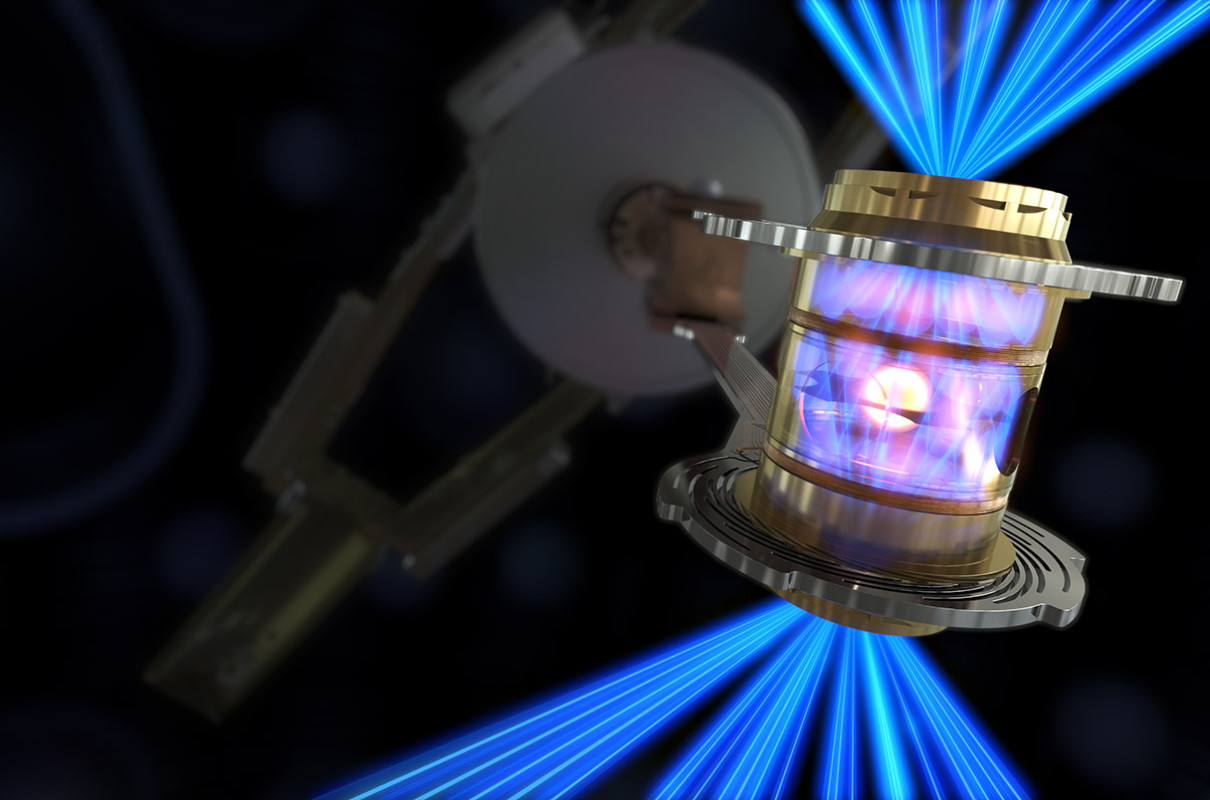 Last December, U.S. scientists announced that they had made a breakthrough in fusion energy, the same chemical process that powers the stars and our Sun.
Last December, U.S. scientists announced that they had made a breakthrough in fusion energy, the same chemical process that powers the stars and our Sun.
Researchers at the National Ignition Facility (NIF) pointed 192 lasers at a tiny pellet of hydrogen. The input of 2.05 megajoules of energy ignited the process of fusion and generated 3.0 megajoules of energy.
They had succeeded in producing the first laboratory fusion reaction that generates more energy than it takes to spark the reaction!
The announcement made headlines around the world. Could fusion help us address climate change by providing a clean-energy alternative? Can this process be developed and deployed on a large scale? What are the limitations?
Let’s dive into the process of fusion and see how it works.
Plasma, Fusion: What Do They Mean?
 As you know, atoms consist of a small, positively-charged nucleus, surrounded by negatively-charged electrons.
As you know, atoms consist of a small, positively-charged nucleus, surrounded by negatively-charged electrons.
At extremely high temperatures and pressure, the atoms break into their components -- nuclei and electrons. This soup of positive nuclei and negative electrons is referred to as plasma. It is considered the fourth state of matter, the other three being solid, liquid, and gas.
Fusion is a process that takes place in the plasma state where two positive nuclei of a lighter element (usually Hydrogen) combine together to form a single, heavy element (Helium). The process of fusion generates a tremendous amount of energy which, in turn, triggers further fusion reactions.
Our Sun is incredibly efficient in generating fusion energy; its huge mass creates the pressure and temperatures needed to keep the reaction going. Earth can’t recreate the high pressure and temperature conditions of the sun—so scientists must find techniques in laboratories to start the reaction.
The Future of Fusion
The NIF experiment successfully proved that fusion isn’t just a theoretical concept: we are able to create an energy source that is self-sustaining. Fusion also has the advantage that it does not generate radioactive waste, unlike today's reactors that use fission (energy generated from the splitting of atoms).
However, many challenges remain. Despite billions of dollars of government funding put into fusion research, we are still decades away from fusion-generated electricity. Humans have produced fusion reactions in the past, with nuclear bombs. But in bombs, the energy is released too quickly. Scientists will need to figure out how to release energy in a controlled and consistent manner for use in an electrical grid.
Even if we can overcome challenges in development, will fusion be able to compete with solar and wind power for cost and availability? This has led to several debates on whether the government should be investing billions of dollars into developing this high-risk technology.
The future of fusion may not be clear at the moment, but it is truly brilliant for science and society to see the power of the Sun come to life in a lab setting!
Sources: Science, NY Times, CNET, LiveScience, The Verge, IAEA







